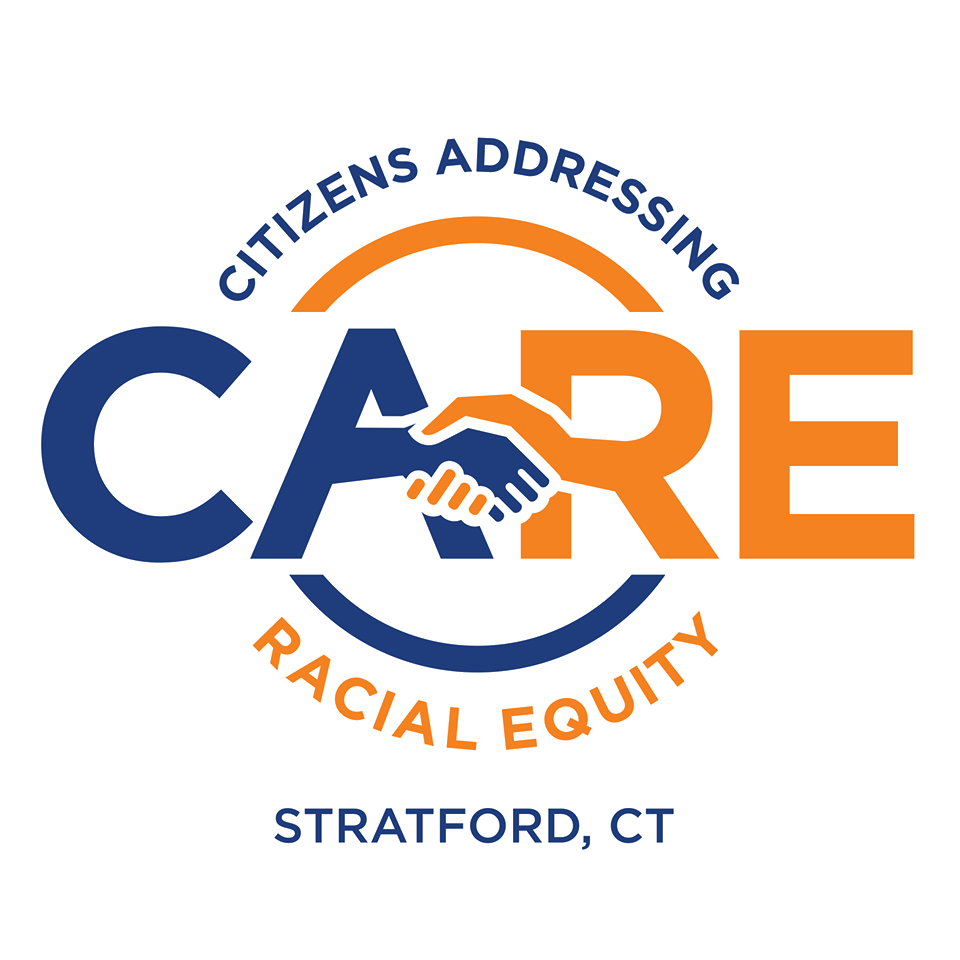CARE’s August meeting focused on continuing education. Below are speaking points from Tania Livingston, CARE Chair, including links for you to dig deeper. Below is a presentation from our guest speaker Omar Livingston, Director of Financial Aid of Housatonic Community College, What You Need to Know About Financial Aid. I hope you find these helpful. Thank you for your interest in CARE and for supporting our community.
It’s never too early to start planning for college. That’s why we want to help you understand what financial aid is and how it can make higher education more affordable. Financial aid comes in scholarships, grants, and loans that can be used to pay for tuition and other expenses like room and board. Below are some common questions about financial aid: What is financial aid? How do I qualify for it? And how do I apply for it? You’ll find the answers below!
More than 80% of college students today receive financial aid in the form of scholarships, grants, or low-interest loans. It’s no secret that going to college costs a lot of money. The good news is, there are ways for students who need financial aid to get it. Financial aid is any college funding that doesn’t come from family or personal savings or earnings. Merit-based scholarships are given for exceptional talent or demonstrated ability such as academics, athletics, and music. Need-based financial aid is awarded on assessing your ability to pay college tuition fees, with the need being determined by an estimation of income.
To apply for need-based financial aid, file the Free Application for Federal Student Aid, otherwise known as FAFSA. This application determines your eligibility and how much you can get from federal or state governments in grants, plus it helps colleges figure out what they’ll offer based on those answers.
Although it may seem that educational disparity can prevent low-income students from obtaining a college degree, there are valuable resources that can help students achieve a degree in the desired field of study. It’s about giving every child a chance to succeed. We are working hard on providing educators with knowledge and support to help students learn in an equitable environment.
August 2021
Additional Resources:
- Students from high schools that qualify for federal aid because they enroll large numbers of low-income students are significantly less likely than their peers to have applied for aid to attend college, and students from high schools with large minority populations are almost three times less likely to have applied. Suburban students are significantly likelier than their urban or rural peers to have applied.
- Normally FAFSA completion is almost a group affair: high schools or community organizations hold “financial aid nights” or attach FAFSA completion workshops to college fairs or other events for students who might be headed for college. And many high schools embed financial aid counseling and other forms of postsecondary readiness support into their broader advising activities, most of which happen in person during the school day.
- Beyond those practical impediments, experts on financial aid and disadvantaged students cite evidence that some of them are deprioritizing college-going amid competing demands to work or take care of family members, and that “even in a normal year, those students are going to need more support and encouragement to navigate the college-going process” than their wealthier peers do, said DeBaun.
- If they aren’t already doing so, schools and community groups should be conducting virtual college visits and having financial aid counselors conduct virtual seminars. “Now is the time,” DeBaun said.
- And given how many colleges and universities are feeling the enrollment pinch more than ever right now, it’s incumbent on them to ramp up their outreach efforts in their big high school feeder districts to encourage FAFSA completion.
- Aid Application Data Portend Dip in Low-Income, Minority Students
